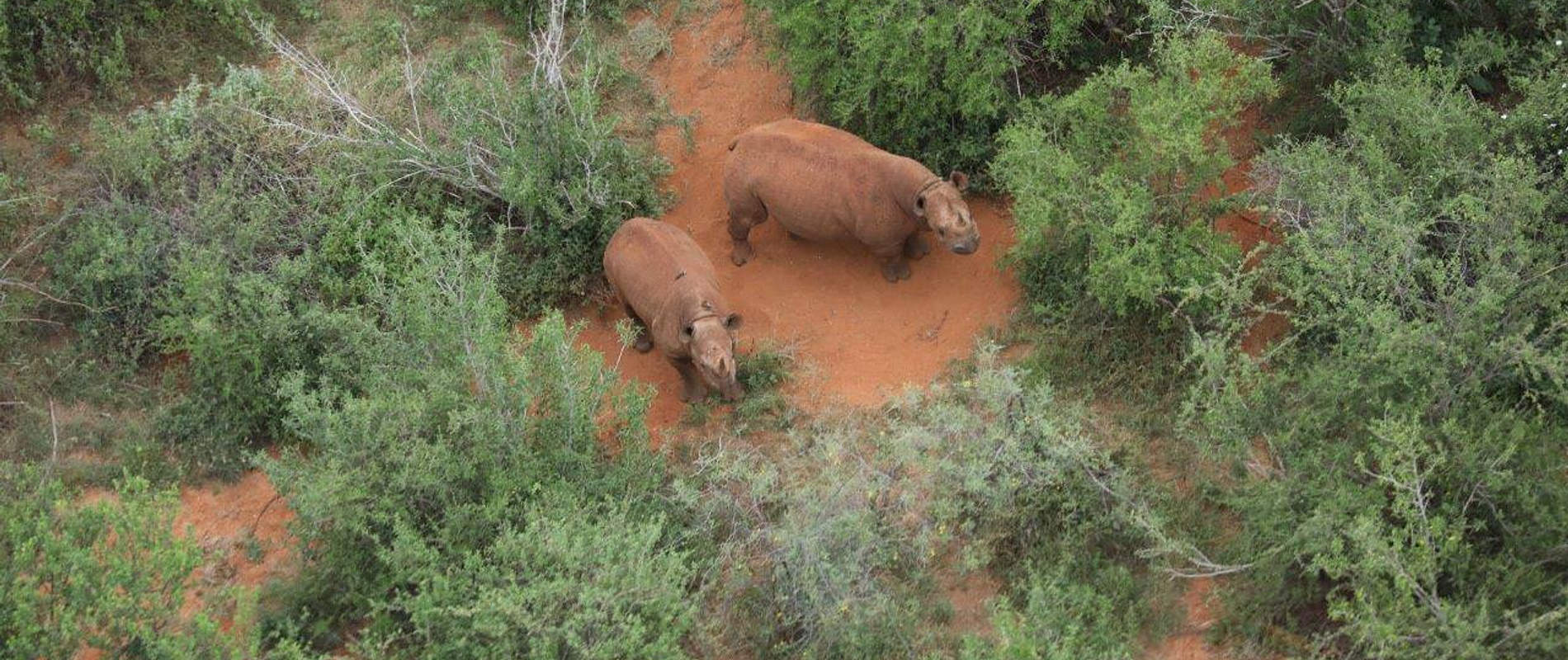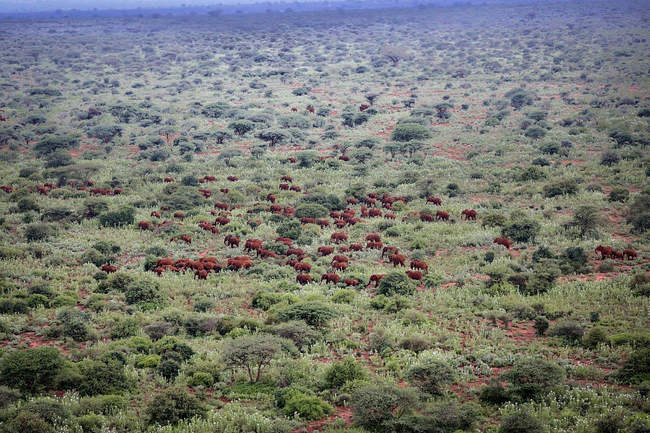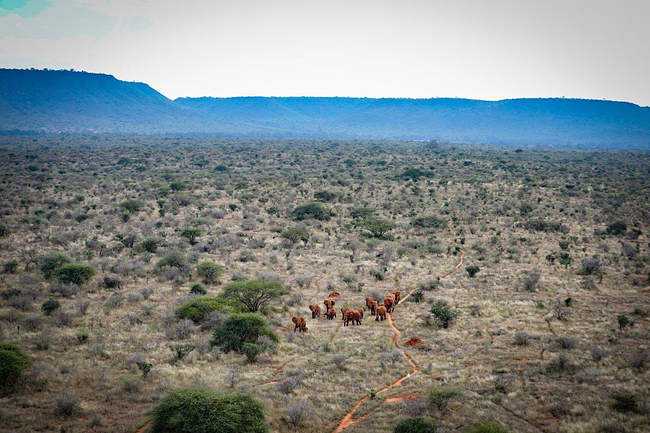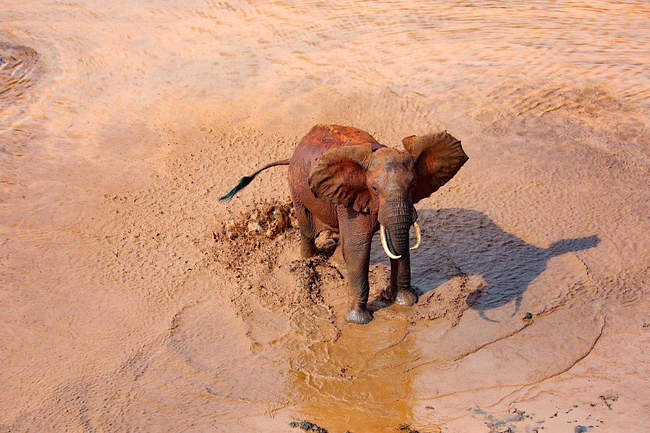Incredibly, many parts of Tsavo continued to experience rainfall throughout April, with several heavy downpours, especially in the South and North.
This has resulted into the most beautiful carpet of ipomoea flowers as far as the eye can see. While it is still unclear what effect the global coronavirus pandemic will have on Kenya, and if there will be a dramatic increase in illegal activities as the Kenyan economy slows, we are preparing for the National Parks and protected areas to face increased threats. However, April was fortunately another relatively quiet month, with the only major illegal activities being livestock incursions and charcoal burning.

Livestock numbers were generally up in April, especially in Tsavo West and areas of Tsavo East that have become difficult to access by vehicle due to prolonged rains. While no cases of livestock were noted in the Chyulu Hills National Park, there has been a slow push to remove livestock from KARI Kiboko Ranch, which abuts the National Park, an area that recently been added to SWT's Saving Habitats project.
Poaching activity is still well below typical levels in Tsavo, especially compared to dry season months, but even compared to previous years. Given the very favourable rains, and despite Covid-19, with people bordering the Park seemingly not yet feeling the pinch, as most of them are subsistence farmers and have built up a decent store of food. There was one active incident that was uncovered by a ground team who came across 3 sets of footprints.
To the south of Tsavo East, on Taita Ranch, the SWT helicopter did respond to a KWS Canine callout to track a gang of armed Somali poachers who had initially been seen by a herder and whose tracks had been found by rangers on the ground.
There were a small number of charcoal kilns discovered in Chyulu Hills NP, which were subsequently destroyed. As the same time the helicopter was able to locate a number of camps in the same area, belonging to loggers and sandalwood harvesters, which were visited on the ground and destroyed. Elsewhere, no charcoal kilns were found inside the Parks, but multiple patrols of Kishushe Ranch, bordering Tsavo West, revealed a large number of kilns which were later attended to by a SWT ground team and destroyed.
In addition to regular patrolling, our pilots were also involved in other work in the landscape. For example, flights were conducted to do a provisional survey of old charcoal routes in South Kitui National Reserve to create a KWS access road from Mukomwe Hill in the South to Enyali and Kalalani along Thua River in the north.
To the south, the Trust has also begun the work of spreading a cochineal (insect) to combat the invasive prickly pear cactus, which now dominates many parts of Tsavo East, having moved in from cattle ranches on the periphery and been very efficiently spread by elephants, birds and baboons. Flights were conducted to monitor the first efforts to spread the mite, which targets only the prickly pear and will not pose a threat to any other vegetation in the Park. Over the coming months, the Trust will continue to breed cochineals in a greenhouse at Bachuma and spread them among the wild population of cactus. More about this project can be read here.

There was only one veterinary treatment that required aerial assistance in April, which involved the search for an injured elephant that had first been spotted by an SWT ground team. We will continue to monitor its progress over the next few weeks.
Other highlights in April included the sighting of a pride of 7 lions and a pack of 14 wild dogs (painted hunting dogs) hunting dik-dik.



